We clarify the key effect of Mist-V2 and its constraints in the following statement to avoid misunderstanding:
“Apply this noise. Mist-v2 may raise the cost of a motivated and professional attacker. And it might help against someone who’s not really trying or not an expert. Mist-v2 is not a perfect solution, but it would be certainly better than nothing.”What is Mist

Mist


Mimic

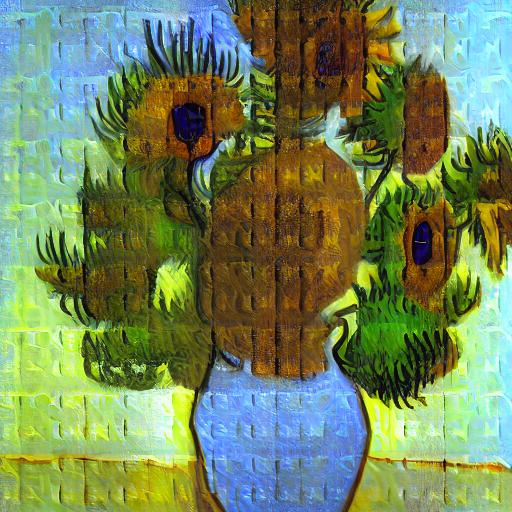
Advantages & Examples
Effectiveness close
Taking the two most typical AI-for-Art applications LoRA and SDEdit as examples, the watermarks added by Mist interfere greatly with the results generated.
LoRA

Source image

Image generation from
source image

Misted image
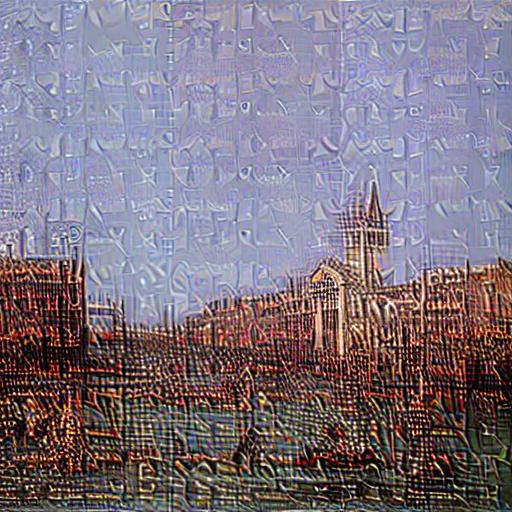
Image generation from
Misted image
SDEdit

Source image

Image generation from
source image

Misted image

Image generation from
Misted image
Robustness under image transformation close
LoRA
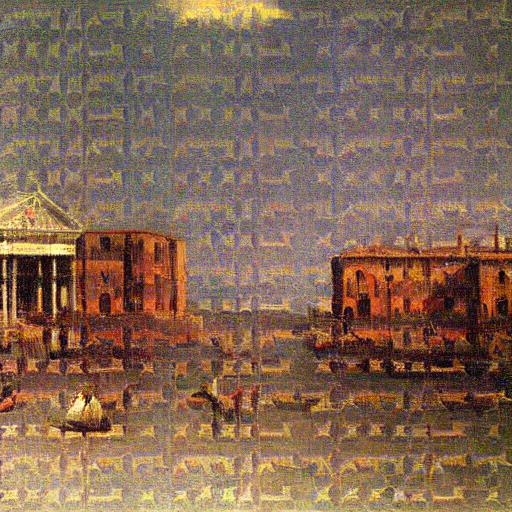
Image generation from Misted image under Gaussian noise
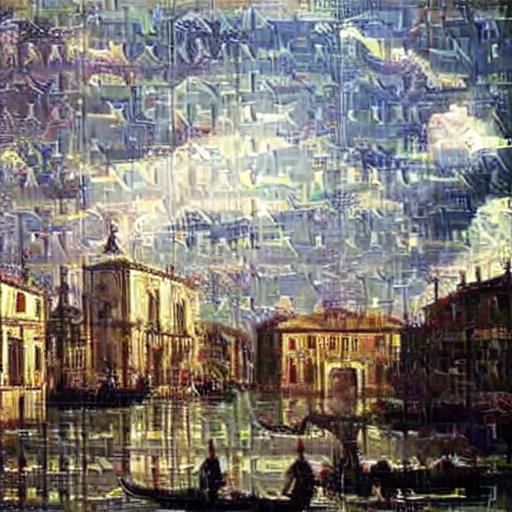
Image generation from Misted image under JPEG compression
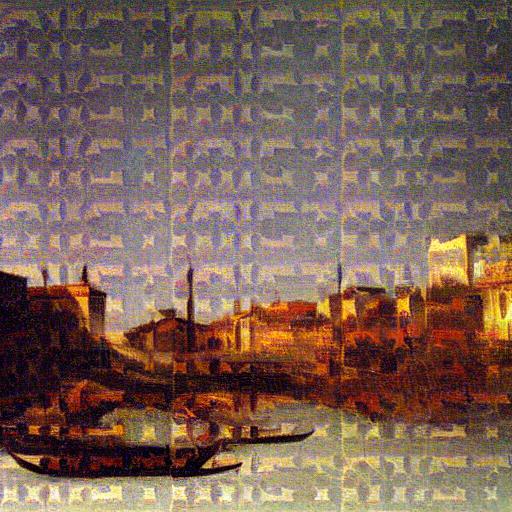
Image generation from Misted image under resizing
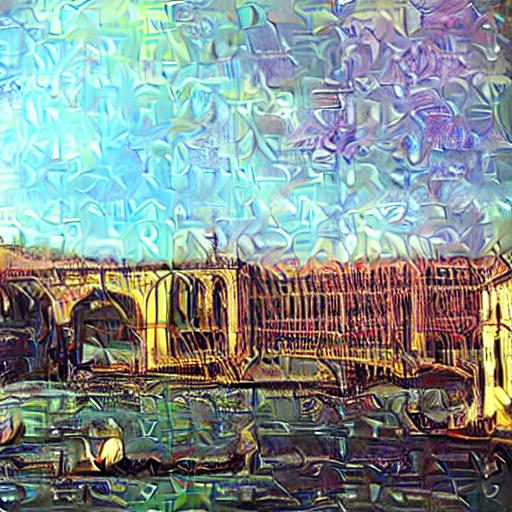
Image generation from Misted image under super resolution
SDEdit

Image generation from Misted image under Gaussian noise
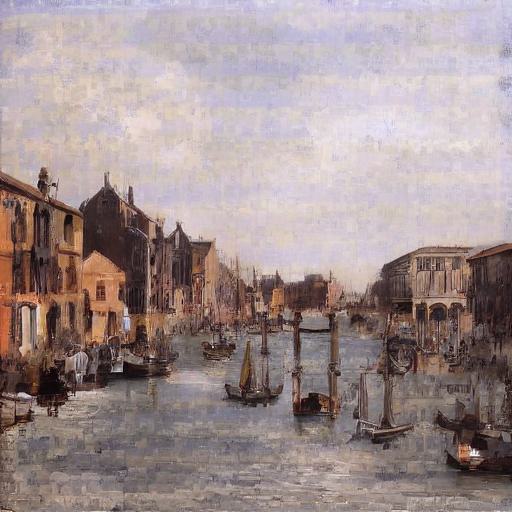
Image generation from Misted image under JPEG compression
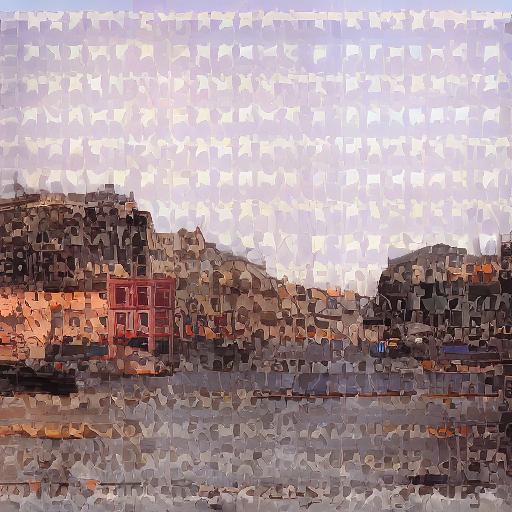
Image generation from Misted image under resizing

Image generation from Misted image under super resolution
Time efficiency close
User cases close
@桑德兰的等待

Source image

Image generation from
source image

Misted image

Image generation from
Misted image

Source image

Image generation from
source image

Misted image

Image generation from
Misted image
@Anonymous Artist

Source image

Image generation from
source image

Misted image

Image generation from
Misted image

Source image

Image generation from
source image

Misted image

Image generation from
Misted image
Download
Our vision
Mist and our future projects aim to engage in a form of social practice in a technical way, exploring the possibilities of integrating relevant technologies into the society in a more sustainable and gentle manner. In the case of Mist, we hope to draw attention to the challenges that AI-for-Art apps pose to the established copyright system, their impact on the commercial and aesthetic value of the artist community, and in essence, how we perceive and incentivize human creativity. We’re also actively working on additional projects aimed at addressing ethical, copyright, and trustworthiness concerns arising from AIGC technology.
We warmly welcome all developers, researchers and practitioners who are interested in this vision to contact us, and look forward to exploring the current technological bottlenecks and unresolved potential societal issues together. Reach out if you have:
- Ethical concerns about AIGC to be resolved.
- Technology solutions or ideas around trustworthy AIGC.
- Thoughts beyond tech – your observation on industry practice and AIGC’s social impact.
FAQ close
We also greatly appreciate your expression of interest, praise, and support through social media. In addition to releasing more AIGC-related technical projects, we plan to introduce and inform the public about the technical principles, business practices, and potential societal issues related to AIGC through social media in the future. We hope to promote a more comprehensive and in-depth understanding of AIGC and related technologies through sharing. Follow us to ride the wave of technological change together!
Contact us
Team member of Psyker Group:
Caradryan Liang, Nicholas Wu, Chris Xue, Melo Yang
Main developers of Mist:
Psyker Group, Boyang Zheng, MOSS星辉
We extend our special thanks to Alice2O3 for the exceptional contribution in developing the launcher for Mist.
Yongwen Su at UCB also contributes to the development of Mist. We also thanks Jiahao Wu, Yi (David) Zhao, Jiahao Wu and Yi Zhao for their advice in software development. We would also like to express our gratitude to 苹果, GUUUU, 原野, 蚕蛹子 and BASS for their support of our project.
Updates on Mist will be posted on @Psyker_ (Weibo) and @psyker_202304 (Twitter).
You may also contact us via QQ group chat: 189980587 or email: mist202304@gmail.com.

